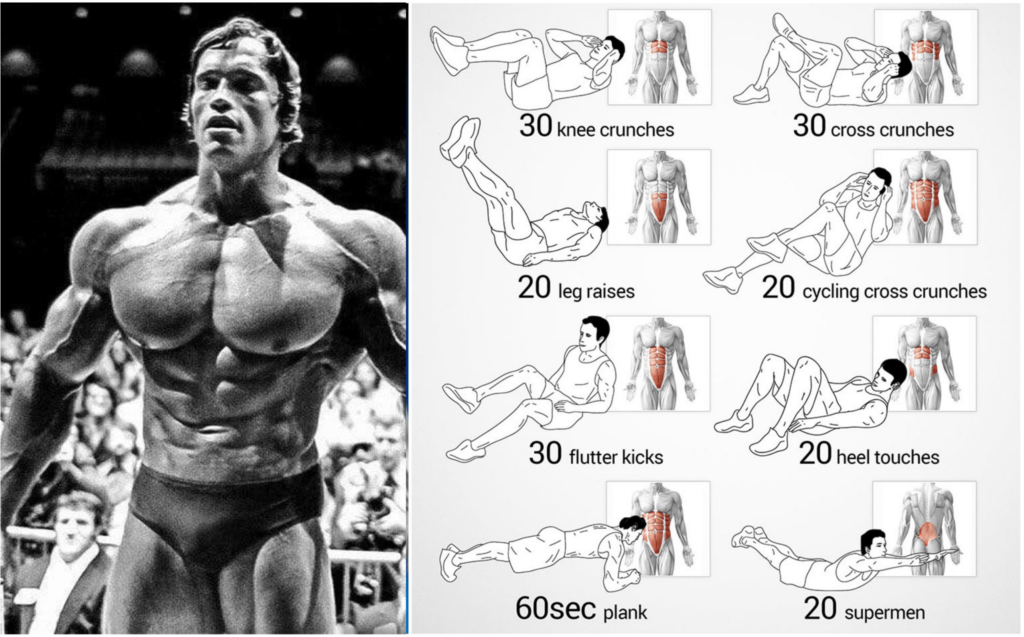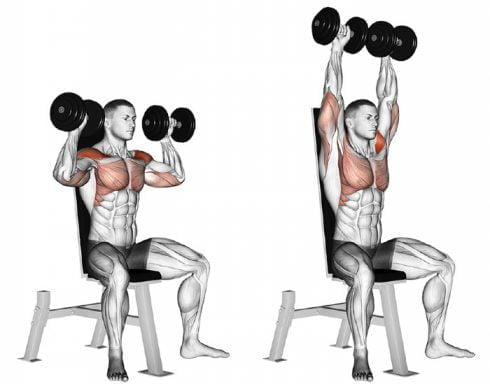Introduction
In this article, we’ll explore the topics; Lightweight Strength Training, Lightweight vs heavyweight for strength training, Benefits of Strength Training With Light Weights, and other important topics.
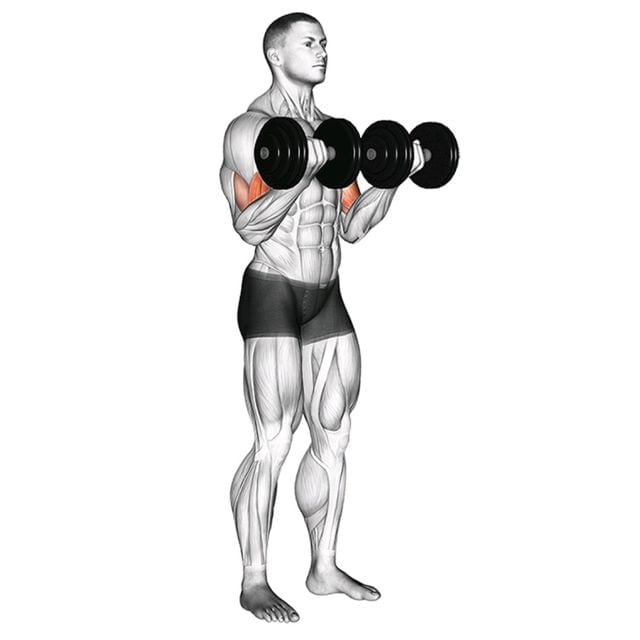
Strength training is a type of exercise that involves using resistance to work your muscles, intending to build and strengthen them. This can be done using various tools, such as free weights, machines, or bodyweight exercises.
Strength training is an important part of any fitness program, as it can provide numerous benefits for both physical and mental health. Some of the benefits of strength training include:
- Increased bone density: Regular strength training can help improve bone density and reduce the risk of osteoporosis.
- Reduced risk of injury: Strengthening the muscles can help support joints and reduce the risk of injury during physical activity.
- Increased metabolism: Strength training can help increase muscle mass, which can in turn increase metabolism and help burn more calories.
- Improved overall fitness: Strength training can improve overall fitness by increasing muscle strength, endurance, and flexibility.
While many people believe that lifting heavy weights is the only way to build muscle and strength, there are many benefits to using light weights for strength training. This approach, known as “Lightweight Strength Training,” can be particularly effective for beginners or individuals with physical limitations, such as those recovering from an injury or with limited mobility.
When performing Lightweight Strength Training, individuals typically use lighter weights than they would for traditional strength training exercises. This allows them to perform more repetitions and maintain proper form, which can help prevent injury and improve endurance.
Additionally, using lighter weights can improve flexibility and range of motion, making it easier to perform exercises correctly and with proper form. This can be especially beneficial for individuals who are just starting with strength training or who have physical limitations that make traditional strength training exercises challenging.
Overall, Lightweight Strength Training can be an effective and safe way to build muscle, improve overall fitness, and achieve a healthier, stronger body.
Benefits of Strength Training With Light Weights
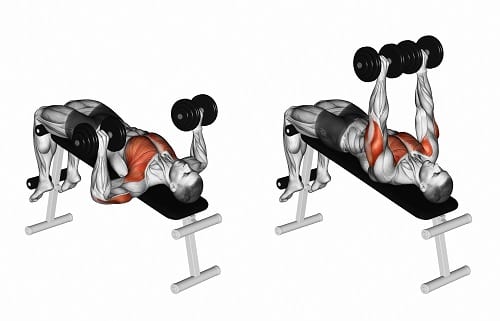
Lightweight Strength Training can provide numerous benefits when it comes to building strength and improving overall fitness. Here are some of the reasons why:
- Increased Muscle Endurance: Using light weights for high-rep sets can improve muscle endurance, allowing individuals to perform more repetitions and build stamina. This can be especially beneficial for athletes who need to maintain strength and endurance for long periods.
- Reduced Risk of Injury: Using light weights can reduce the risk of injury during exercise. This is because lighter weights are easier to control, allowing individuals to maintain proper form and avoid putting unnecessary strain on their joints and muscles.
- Improved Flexibility and Range of Motion: Lightweight Strength Training can improve flexibility and range of motion, making it easier to perform exercises with proper form. This can help prevent injury and improve overall fitness.
- Suitable for Beginners: Lightweight Strength Training is an excellent option for beginners who are just starting with strength training. It allows them to get comfortable with the movements and build strength gradually without putting too much strain on their bodies.
- Reduced Muscle Soreness: Using lighter weights can reduce muscle soreness after exercise, which can make it easier to stick to a consistent workout routine.
- Improved Cardiovascular Health: Lightweight Strength Training can improve cardiovascular health by increasing heart rate and circulation. This can help improve endurance and overall fitness, as well as reduce the risk of heart disease.
- Improved Balance and Stability: Using light weights for exercises such as lunges, squats, and shoulder presses can help improve balance and stability. This is because these exercises require individuals to engage their core muscles and maintain proper form, which can help improve overall balance and coordination.
- Reduced Joint Pain: For individuals with joint pain or arthritis, Lightweight Strength Training can be a safe and effective way to build strength without putting too much stress on the joints. By using lighter weights and focusing on proper form, individuals can reduce the risk of aggravating joint pain and improve overall mobility.
Overall, Lightweight Strength Training offers numerous benefits for individuals of all fitness levels and abilities. By using lighter weights and focusing on proper form and technique, individuals can improve strength, endurance, flexibility, and overall health and well-being.
Techniques for Strength Training With Light Weights
When it comes to Lightweight Strength Training techniques, it’s important to understand how to perform each exercise properly to maximize its benefits. Here’s a bit more detail on each of the techniques I mentioned:
- High reps and low weight: This technique involves performing a high number of repetitions with a lightweight. For example, you might do 3 sets of 20 repetitions of bicep curls with a 5-pound dumbbell. The key here is to choose a weight that challenges you by the end of each set, but that you can still perform with proper form. By performing a high number of repetitions, you can build endurance and strength without putting too much stress on your muscles and joints.
- Slow and controlled movements: With this technique, you want to focus on performing each repetition slowly and with control. For example, during a squat, you might take 5 seconds to lower yourself down and 5 seconds to stand back up. This helps increase the time your muscles are under tension, which can lead to greater strength gains. It’s important to keep good form throughout each repetition – don’t sacrifice form for slow movement.
- Drop sets: To perform a drop set, you’ll start with a heavier weight and perform a set of an exercise until you reach failure (i.e. you can’t perform another repetition with proper form). Then, without resting, you’ll immediately drop to a lighter weight and perform another set until failure. For example, you might start with a 20-pound dumbbell for bicep curls, perform as many repetitions as you can until failure, then drop to a 10-pound dumbbell and continue until failure. This can help you push past plateaus and increase strength.
- Supersets: With supersets, you’ll perform two exercises back to back without rest. For example, you might do a set of push-ups immediately followed by a set of lunges. This can help increase strength and endurance, and save time during your workout. It’s important to choose exercises that work with different muscle groups for maximum effectiveness.
BEST WATERPROOF FITNESS TRACKER FOR SWIMMING
As always, it’s important to consult with a certified trainer before starting a new workout program, especially if you’re new to Lightweight Strength Training. They can help ensure you’re performing each exercise properly and provide guidance on how to progress as you get stronger.
Sample Workouts
Here are some sample workouts and tips on how to structure a workout routine using Lightweight Strength Training:
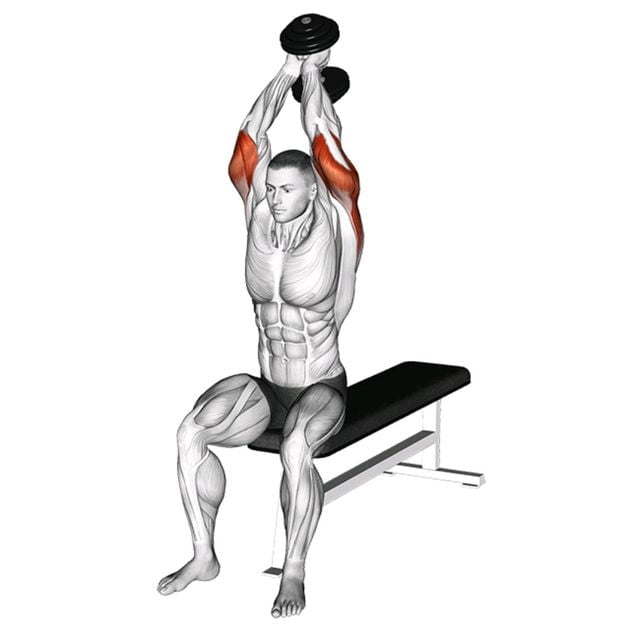
Full-Body Workout with Light Weights
- Goblet Squat – 3 sets of 15 reps
- Chest Press – 3 sets of 12 reps
- Bent-Over Row – 3 sets of 12 reps
- Lateral Raise – 3 sets of 12 reps
- Bicep Curl – 3 sets of 12 reps
- Tricep Extension – 3 sets of 12 reps
- Plank – 3 sets of 30 seconds
- Reverse Crunch – 3 sets of 15 reps
Upper Body Workout with Light Weights
- Chest Fly – 3 sets of 12 reps
- Overhead Press – 3 sets of 12 reps
- Bicep Curl – 3 sets of 12 reps
- Tricep Extension – 3 sets of 12 reps
- Lateral Raise – 3 sets of 12 reps
- Bent-Over Row – 3 sets of 12 reps
Lower Body Workout with Light Weights
- Goblet Squat – 3 sets of 15 reps
- Lunges – 3 sets of 12 reps per leg
- Deadlift – 3 sets of 12 reps
- Calf Raise – 3 sets of 15 reps
When structuring a workout routine using Lightweight Strength Training, it is important to focus on compound exercises that work for multiple muscle groups simultaneously. It is also important to vary the exercises to target different muscle groups each day. A sample weekly routine might look like this:
Monday: Full-Body Workout
Tuesday: Rest Day
Wednesday: Upper Body Workout
Thursday: Rest Day
Friday: Lower Body Workout
Saturday: Rest Day
Sunday: Rest Day
Remember to gradually increase the weight or resistance as you get stronger to continue challenging your muscles and promoting growth.
Tips for Success
here are some tips for success in Lightweight Strength Training:
How to properly warm up before a Lightweight Strength Training session?
Warming up is essential to prepare your body for the workout and to reduce the risk of injury. Before beginning your Lightweight Strength Training session, take at least 10-15 minutes to warm up with some light cardio exercises such as jogging, cycling, or jumping jacks. This will increase blood flow to your muscles and warm them up before starting the strength training exercises.
The importance of proper form and technique in Lightweight Strength Training?
Proper form and technique are crucial for Lightweight Strength Training because lifting weights incorrectly can lead to injuries and minimize the effectiveness of the exercises. Make sure you learn the correct form for each exercise and practice it before adding weight. Focus on using slow and controlled movements, engaging the correct muscles, and keeping your core tight throughout the exercise.
How to track progress and adjust the workout routine accordingly in Lightweight Strength Training?
Tracking your progress is important in Lightweight Strength Training because it helps you stay motivated and ensure you’re making progress toward your fitness goals. Keep a workout log to record the amount of weight lifted, number of reps, and sets completed for each exercise. Over time, you can increase the weight or number of reps to challenge yourself and continue making progress.
How to properly recover after a Lightweight Strength Training session?
Recovery is just as important as the workout itself in Lightweight Strength Training. Make sure you take the time to properly cool down after your workout, which can include stretching or light cardio exercises. It’s also important to give your muscles time to rest and recover by taking rest days in between workouts. Proper nutrition and hydration can also aid in recovery and help your muscles repair and grow stronger.
Common Myths About Lightweight Strength Training
Several common myths about Lightweight Strength Training can prevent people from trying it or hinder their progress. Here are some of the most common myths and the truth behind them:
- Myth: Lightweight Strength Training can’t build muscle.
- Truth: This is perhaps the most common myth about Lightweight Strength Training. While it’s true that heavier weights are typically associated with muscle growth, research has shown that training with light weights and high reps can also lead to muscle growth, especially in beginners or those coming back from a break. This is because the focus is on increasing time under tension which can lead to muscle fatigue and growth.
- Myth: You can’t get stronger with light weights.
- Truth: Another common myth is that lifting light weights won’t make you stronger. However, research has shown that lifting light weights can still lead to strength gains, especially if you progressively overload your muscles over time. This means that you increase the difficulty of your workouts gradually, challenging your muscles to adapt and grow stronger.
- Myth: Lightweight Strength Training is only for beginners.
- Truth: While it’s true that Lightweight Strength Training can be beneficial for beginners, it’s also a great way for experienced lifters to change things up and challenge their bodies in new ways. Plus, as mentioned earlier, progressive overload is key to gaining strength and muscle, and that principle can be applied regardless of your experience level.
- Myth: Lightweight Strength Training is not effective for weight loss.
- Truth: While cardio is often associated with weight loss, strength training can also play an important role. Lightweight Strength Training can help you build lean muscle mass, which can in turn increase your metabolism and help you burn more calories throughout the day. Additionally, strength training can help you maintain your muscle mass while losing weight, which can help prevent the decrease in metabolism that often occurs with weight loss.
- Myth: Lightweight Strength Training is only good for toning.
- Truth: Another common myth is that Lightweight Strength Training is only good for toning and not for building “real” strength. However, as we’ve discussed earlier, lifting light weights can still lead to strength gains if done properly. Additionally, Lightweight Strength Training can be used to target specific muscle groups and improve overall muscular endurance, which can be beneficial for a variety of activities.
- Myth: You need expensive equipment to do Lightweight Strength Training.
- Truth: One of the benefits of Lightweight Strength Training is that it can be done with minimal equipment or even just bodyweight exercises. While dumbbells and other equipment can be helpful, they are not necessary to get a good workout. Resistance bands and even household items like water bottles or cans can be used as makeshift weights.
By dispelling these common myths, we can see that Lightweight Strength Training is a viable and effective option for building strength, muscle, and overall fitness.
Lightweights vs Heavy Weights for Strength Training
When it comes to strength training, the debate between using light weights versus heavy weights is a common one. Here are some key differences between the two:
Lightweight Strength Training:
- Typically involves using lighter weights and performing more reps.
- Emphasizes endurance, muscular tone, and cardiovascular fitness.
- May be better suited for beginners or those returning to exercise after an injury or long break.
- Can be done at home with minimal equipment.
Heavyweight Strength Training:
- Typically involves using heavier weights and performing fewer reps.
- Emphasizes building muscle mass, strength, and power.
- May be better suited for experienced lifters or those looking to specifically target certain muscle groups.
- May require access to a gym or specialized equipment.
Ultimately, the type of strength training that is best for you will depend on your individual goals and fitness level. For those looking to improve overall fitness and endurance, Lightweight Strength Training may be a good option. For those looking to build muscle mass and strength, Heavyweight Strength Training may be more appropriate.
However, it’s important to note that incorporating both light and heavy weights into your workout routine can provide a well-rounded approach to strength training. By varying your workouts and using a combination of light and heavy weights, you can challenge your muscles in different ways and prevent boredom and plateaus in your training.
Conclusion
Lightweight Strength Training is a great way to build strength, muscle, and overall fitness. By using light weights and focusing on high reps and proper form, you can challenge your muscles in new ways and see results. Some of the benefits of Lightweight Strength Training include improved muscular endurance, increased flexibility, reduced risk of injury, and the ability to work out at home with minimal equipment.
To get started with Lightweight Strength Training, it’s important to focus on proper form and gradually increase the difficulty of your workouts over time. By using techniques like high reps and slow movements, you can effectively work your muscles without needing to lift heavy weights.
We encourage you to give Lightweight Strength Training a try and see the results for yourself. Whether you’re a beginner or an experienced lifter, incorporating Lightweight Strength Training into your workout routine can help you reach your fitness goals and improve your overall health and well-being.

Good day, and welcome to Fitthour. My name is Shubham Vijay, and I am a certified personal trainer and nutrition coach with 6 years of experience in the fitness industry. At Fitthour, we specialize in types of training, such as strength training, cardio, or HIIT, and our mission is to help clients achieve their fitness goals and improve their overall health.

